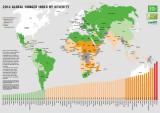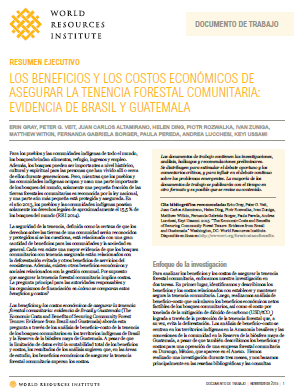The 2014 Global Hunger Index (GHI) report—the ninth in an annual series—presents a multidimensional measure of national, regional, and global hunger. It shows that the world has made progress in reducing hunger since 1990, but still has far to go, with levels of hunger remaining “alarming” or “extremely alarming” in 16 countries. This year’s report focuses on a critical aspect of hunger that is often overlooked: hidden hunger. Also known as micronutrient deficiency, hidden hunger affects more than an estimated 2 billion people globally.









